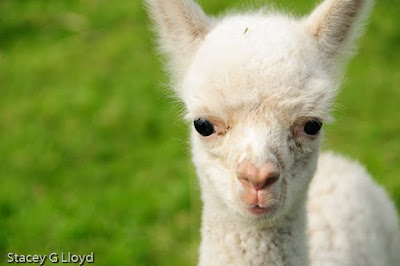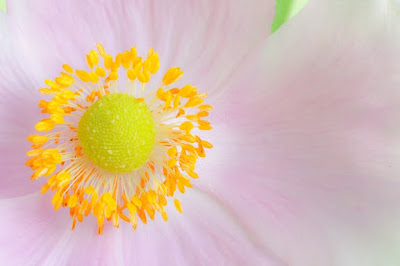
A few blogs back I talked about the role of software in the future of photography. The bottom line was that some understanding (and useage) of software tools is essential to a photographer in the digital age. So in this entry, I thought I would show another before and after of an image where I applied some of the great tools available. The first blog image is actually the final image after processing. The second image shows the initial shot. While the initial shot composition and subject was good, the lighting and tonal spread was not. This resulted in a less than exciting image – but not bad.
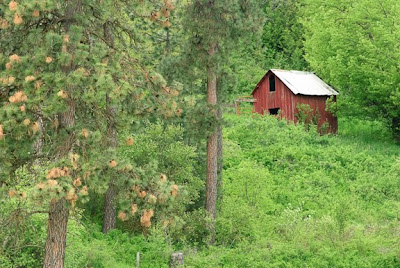

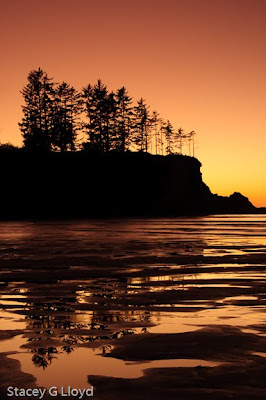
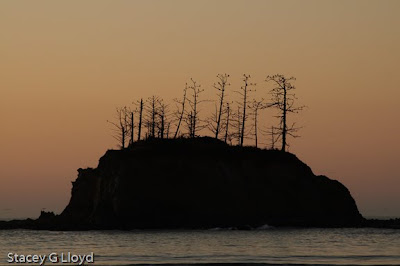





 Just for a change of pace I stopped and shot a couple pictures at the local alpaca farm. I have included a few shots here in the blog. The alpaca’s were generally in the shade (but not always) with a bright sunny background. This creates some challenges for a photographer. Shooting HDR with moving subjects is not really an option (yet) so I decided to let the backgrounds blow out and use a shallow depth of field when possible (f6.3 for most of these shots – allows for some focus error due to animal movement). But the backgrounds don’t totally go white so I had to make some post processing decisions. For the lead image I selected the background and increased the exposure until it went totally white. In the second image I diffused the background and added a vignette.
Just for a change of pace I stopped and shot a couple pictures at the local alpaca farm. I have included a few shots here in the blog. The alpaca’s were generally in the shade (but not always) with a bright sunny background. This creates some challenges for a photographer. Shooting HDR with moving subjects is not really an option (yet) so I decided to let the backgrounds blow out and use a shallow depth of field when possible (f6.3 for most of these shots – allows for some focus error due to animal movement). But the backgrounds don’t totally go white so I had to make some post processing decisions. For the lead image I selected the background and increased the exposure until it went totally white. In the second image I diffused the background and added a vignette.

